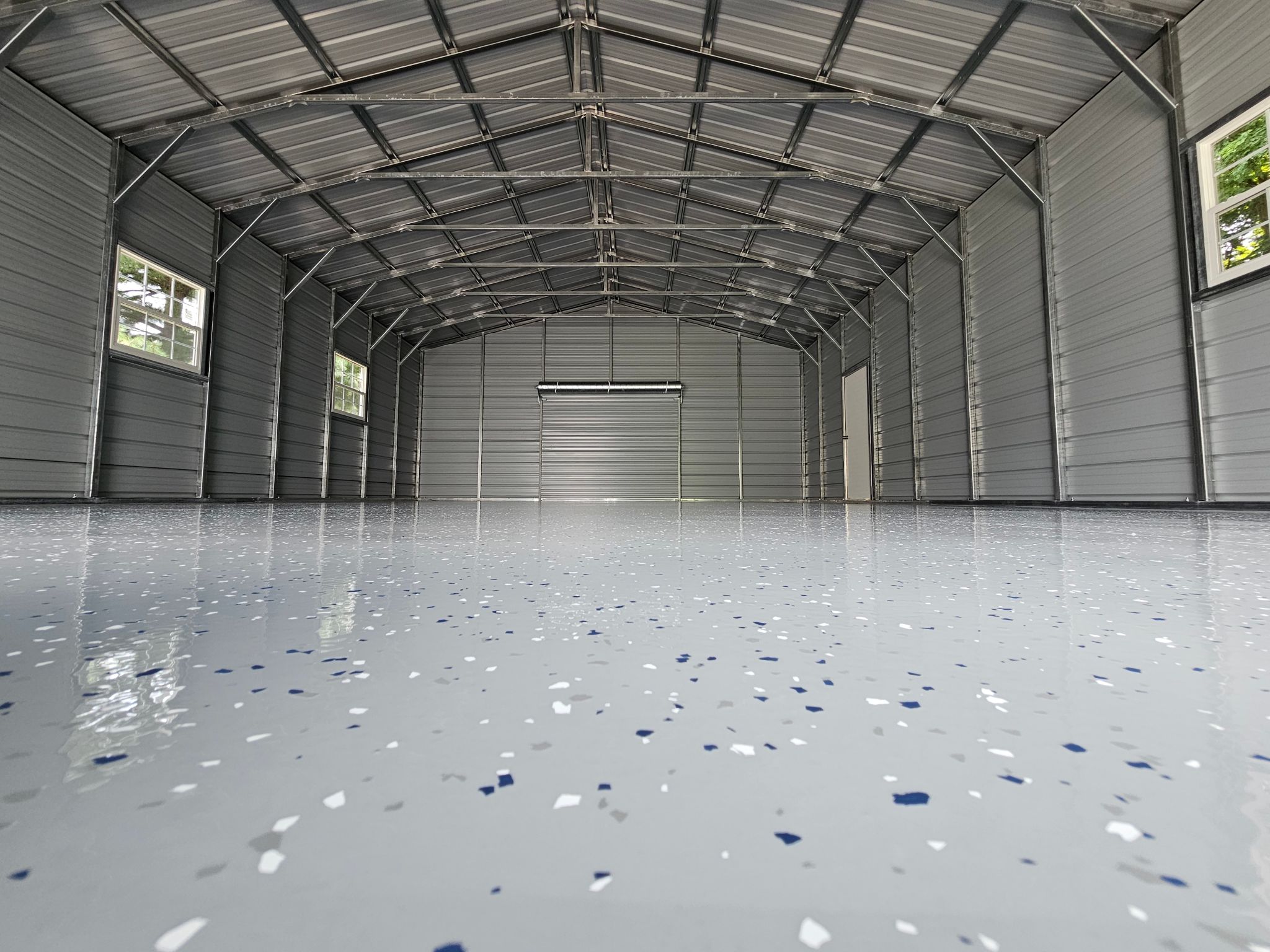Epoxy vs. Polyaspartic: Which Flooring Option is Right for Your Brisbane Garage?
Understanding Epoxy and Polyaspartic Flooring
When considering a flooring solution for your Brisbane garage, it's vital to weigh the benefits and drawbacks of different materials. Two popular options are epoxy and polyaspartic coatings. Both provide durable and aesthetically pleasing surfaces, but they have distinct characteristics that might make one more suitable for your needs than the other.
Epoxy flooring is composed of two main components: resin and hardener. When mixed, they form a rigid plastic material. This type of flooring is known for its durability, resistance to chemicals, and ease of maintenance. On the other hand, polyaspartic flooring is a type of polyurea coating that offers a similar high-gloss finish but with enhanced flexibility and quicker cure times.

Durability and Longevity
One of the primary considerations when selecting a garage floor coating is its durability. Epoxy coatings are highly resistant to abrasion and can withstand heavy traffic, which makes them an excellent choice for busy garages. However, they can be prone to cracking over time, especially if the concrete substrate is not properly prepared.
Polyaspartic coatings, in contrast, provide superior flexibility, which allows them to better absorb impacts without cracking. This makes them ideal for environments where temperature fluctuations or heavy impacts are common. Additionally, polyaspartic floors boast a longer lifespan, often outlasting epoxy by several years.
Application and Curing Time
The application process for each flooring type also varies significantly. Epoxy floors require meticulous surface preparation, including cleaning, etching, and patching any cracks or holes. Once applied, epoxy can take several days to fully cure, during which time the garage cannot be used.
Polyaspartic coatings, however, offer the advantage of a rapid application process. These coatings can be applied in a wider range of temperatures and typically cure within a few hours. This means you can return to using your garage much sooner, often within the same day.

Cost Considerations
Cost is another important factor in deciding between epoxy and polyaspartic flooring. Generally, epoxy floors are less expensive initially due to lower material costs. However, the longer curing time and potential need for professional installation can increase overall expenses.
Polyaspartic flooring tends to have a higher upfront cost but may offer savings in the long run due to its durability and reduced maintenance requirements. Additionally, because of its quick curing time, labor costs may be lower compared to epoxy installations.
Aesthetic Appeal
Both epoxy and polyaspartic floors offer a variety of aesthetic options to enhance your garage's appearance. Epoxy coatings are available in numerous colors and can incorporate decorative chips or metallic pigments for a unique look.
Polyaspartic floors provide similar customization options but with added UV resistance, ensuring that colors remain vibrant over time without yellowing or fading. This makes polyaspartic an attractive choice for garages with windows that allow sunlight exposure.

Environmental Impact
Environmental considerations are increasingly important for homeowners. Epoxy coatings typically contain volatile organic compounds (VOCs), which can contribute to indoor air pollution during application and curing. However, low-VOC options are available for more eco-friendly choices.
Polyaspartic coatings generally have lower VOC content compared to traditional epoxy systems. This makes them a more environmentally friendly option while still providing high performance and durability.
